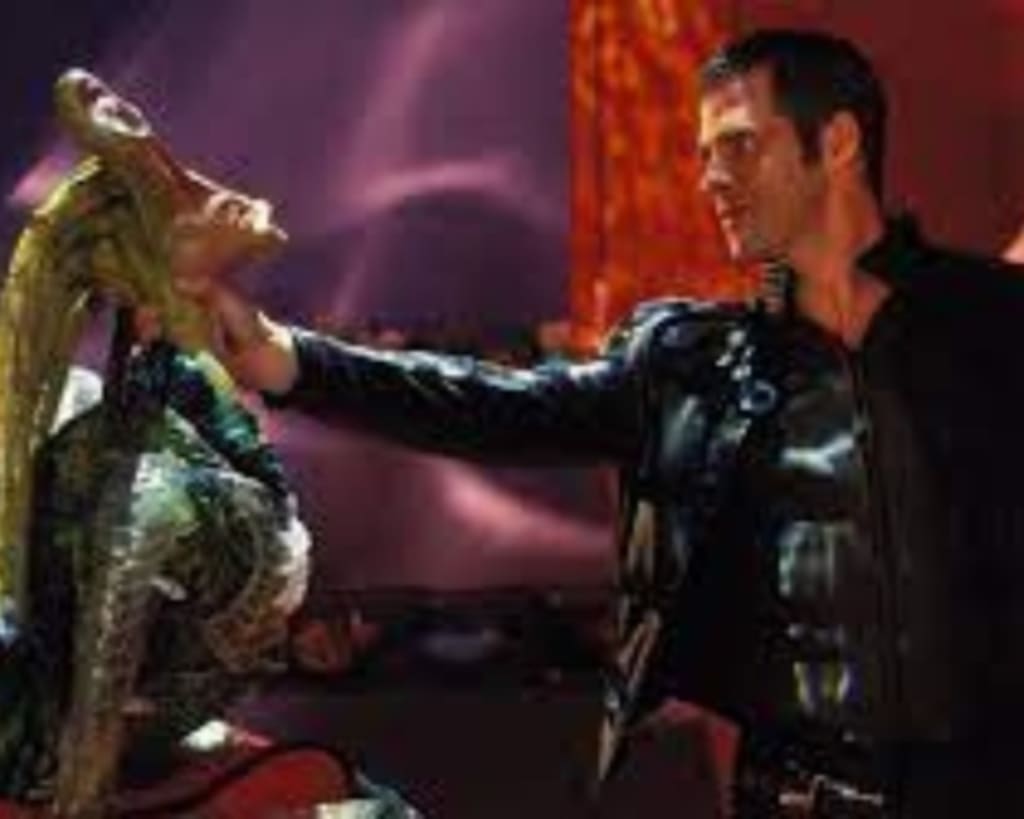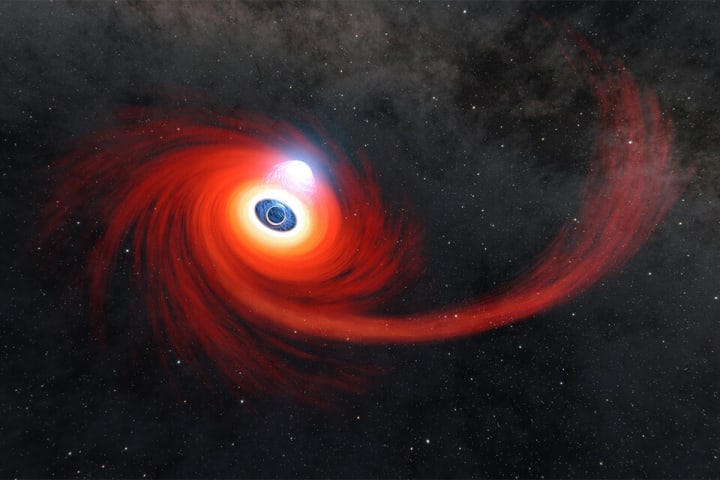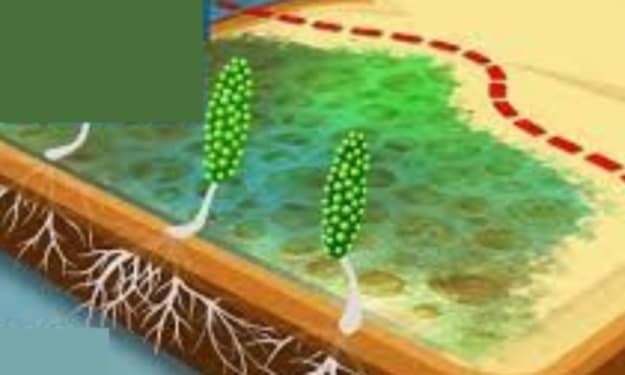BLACK HOLES “BURP” AFTER GOBBLING UP STARS
According to recent research, almost half of all black holes "burp" after they consume a star.

Astronaut John Crichton unintentionally enters a wormhole in the science fiction series Farscape from 1999, which is now available to watch on Peacock. He is then propelled halfway across the cosmos. In the Farscape world, wormholes are said to occur when two distant black holes simultaneously form and link to one another, ripping a path through space-time that may be traveled through. In the end, it's possible to fall into one black hole and emerge from it on the other side.
Wormholes are still hypothetical in the real world, although astronomers have seen strange particles being ejected from black holes. It is well known that nothing, not even light, can ever escape from black holes since they are bottomless pits. They will drink down everything that crosses their event horizon as if it were Coke, and sometimes they will burp. In fact, according to recent research, around half of all black holes "burp" after consuming a star.
Black holes and stars colliding
Astronomers made waves throughout the world a few years ago when they released the first ever image of a black hole. A ring of reddish-orange light with a black spot in the middle makes up the picture. One side of the ring is thicker than the other. That's because we truly can't see black holes. Light must strike an object, reflect off it, then strike your eye in order for you to see it. The main characteristic of black holes is that light cannot be refracted by them. The accretion ring around the black hole is what you are really seeing in that photograph.
When material approaches a black hole too closely, it begins to circle the event horizon, forming accretion disks. The accreted material is then exposed to a large amount of energy, radiation, and heat, which causes it to glow brightly enough for us to observe it with our equipment. Fortunately, black holes constantly consume matter (for us, not for the stars and planets in question).

Tidal Disruption Events (TDEs), in which stars approach a black hole too closely and are devoured alive, are the result of black hole interactions that astronomers have spent years studying. Black holes don't aggressively devour things; instead, they just don't let things leave, so that process doesn't start straight away.
Intense gravitational forces tear apart stars when they get close to black holes, scattering their pieces in a narrow halo around the black hole in a matter of hours. That material eventually crosses the event horizon and disappears forever into the black hole.
However, it's not unusual for at least a portion of the star to escape back into space before that. Black holes don't have very discerning tastes; thus, this is the reason. A black hole may be compared to a big, clumsy dog that eats kibble in a messy manner. There will inevitably be some pieces that are knocked out of the dish in the rush to devour as much as possible. Astronomers have historically been interested in the initial few months after a TDE, when pieces of the broken star are sent back into space.
Astronomers in the new research kept an eye on black holes for years after a TDE to see what might happen. It has not yet been peer-reviewed. They discovered that black holes, months or years after their last feeding, around half the time spat material back into space. Because there is a lag between ingestion and regurgitation, researchers have begun to refer to these latent bursts of energy as "burps". Between two and six years after a star was destroyed, burps sometimes happened.
If black holes ever let one actually fly, do they ever feel embarrassed? It seems reasonable.
About the Creator
Enjoyed the story? Support the Creator.
Subscribe for free to receive all their stories in your feed. You could also pledge your support or give them a one-off tip, letting them know you appreciate their work.





Comments
There are no comments for this story
Be the first to respond and start the conversation.